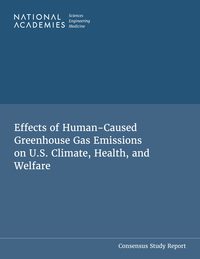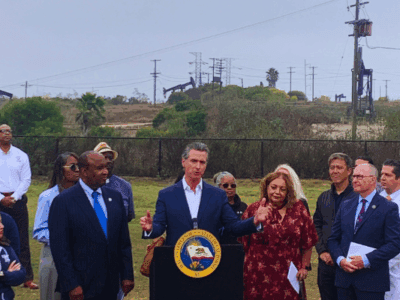Guest Blogger Ken Alex: Oil and Transportation in California
Post #4 in a Series on California Climate Policy by Ken Alex, Senior Policy Advisor to Gov. Jerry Brown
[This is the fourth post in a series expressing my view of why California’s actions on climate change are so important and how they will change the world. The introductory post provides an overview and some general context.]
In 2015, Jerry Brown challenged the State to reduce oil usage in the transportation sector by 50% by 2030. Following extensive lobbying by oil companies, legislation to make that goal a legal requirement failed. Nonetheless, that reduction is essential if we are to meet our 2030 reduction goals. In California, GHG emissions from transportation account for 40 to 50 percent of all emissions.
Some oil and transportation statistics of note: California uses over 600 million barrels of oil a year, importing 70%. California is the third largest oil producing state in the US. Oh, and Californians drive over 330 billion miles a year. The sun is 93 million miles from earth, so Californians drive many thousands of times to the sun and back annually.
There are three, and perhaps four, primary ways to reduce oil consumption: change the vehicle, change the fuel, reduce VMT, and, possibly, limit supply. California is working hard on the first three, and evaluating the fourth.
Right now, California has about 350,000 zero emission vehicles on the road, accounting for about half of all sold in the US. We have over 32 million cars on the road, so we have a lot more to do, including building charging infrastructure, making charging easier for multi-family residents, increasing incentives, etc. California also founded the ZEV Action Alliance to help build markets and infrastructure around the world. The good news is that every car company in the world now has a roadmap to zero emissions vehicles. We need to accelerate adoption. California, as the third largest car market in the world (after the US and China) will drive that adoption.
For fuels, California has instituted the Low Carbon Fuel Standard, which requires the reduction of carbon intensity of vehicle fuel by 10% by 2020. There are multiple ways to reach that goal, and the LCFS has promoted alternative fuel markets. Oregon and British Columbia are following California’s lead on LCFS, and we anticipate others will as well.
The more complicated and challenging piece of the equation is the reduction of vehicle miles traveled (VMT). Californians love to drive, and our sprawling development patterns have added billions of commuting miles. The legislature sought to promote regional planning with SB 375 (2008), which requires Metropolitan Planning Organizations to build Sustainable Community Strategies for reduced VMT. And now under SB 743, new projects need to evaluate their impact on vehicle miles traveled, which should promote in-fill development. But reducing VMT, while preserving working and natural lands, will continue to be a challenge. We need better transit options and connectivity, and greater urban densities, which are not easily achieved.
Meanwhile, we know that we need to keep fossil fuels in the ground. So, some argue that California should halt its own oil production. Clearly, Californians are not going to stop driving any time soon, so we need oil until we change the demand equation. Because oil is a worldwide market, halting California production would not likely impact supply or price and might result in a modest increase in foreign production, which means that California might be exporting its environmental impacts to Venezuela and Saudi Arabia. Given the importance of reducing oil usage, however, California needs to explore further whether strategic action on supply can promote mode shift, and how we can engage allies.
Next blog: Short-lived Climate Pollutants
Ken Alex is the Director of the Governor’s Office of Planning and Research, and serves as Senior Policy Advisor to Governor Jerry Brown and the Chair of the Strategic Growth Council.







Reader Comments